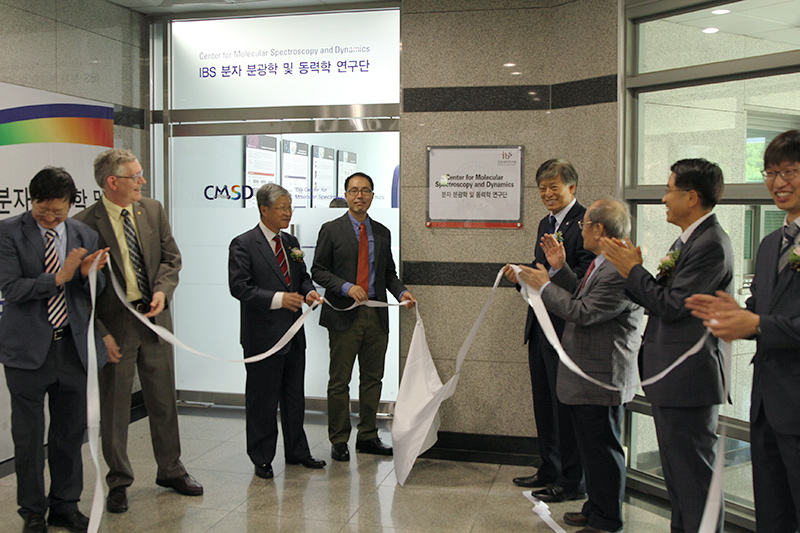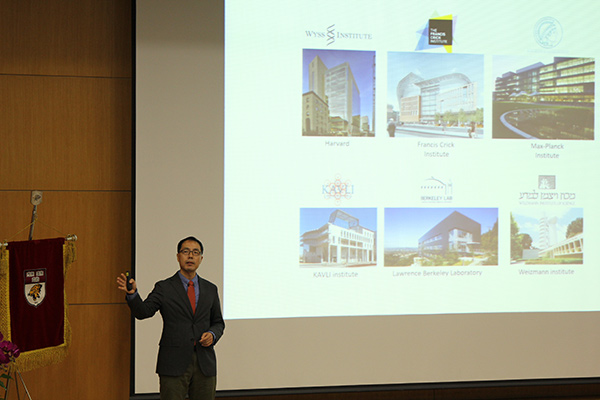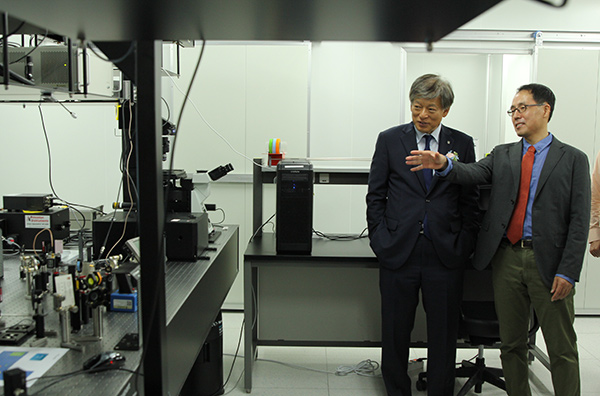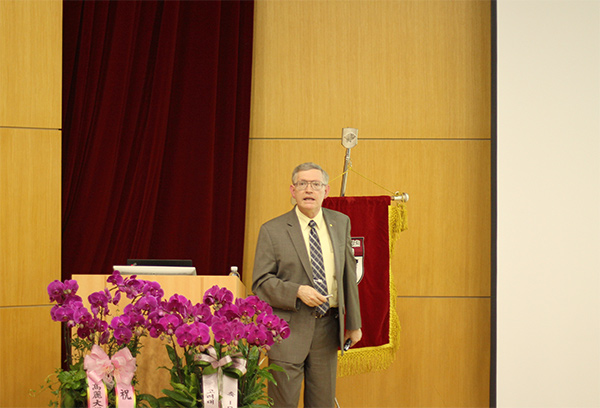주메뉴
- About IBS 연구원소개
-
Research Centers
연구단소개
- Research Outcomes
- Mathematics
- Physics
- Center for Theoretical Physics of the Universe(Particle Theory and Cosmology Group)
- Center for Theoretical Physics of the Universe(Cosmology, Gravity and Astroparticle Physics Group)
- Center for Exotic Nuclear Studies
- Center for Artificial Low Dimensional Electronic Systems
- Center for Underground Physics
- Center for Axion and Precision Physics Research
- Center for Theoretical Physics of Complex Systems
- Center for Quantum Nanoscience
- Center for Van der Waals Quantum Solids
- Chemistry
- Life Sciences
- Earth Science
- Interdisciplinary
- Institutes
- Korea Virus Research Institute
- News Center 뉴스 센터
- Career 인재초빙
- Living in Korea IBS School-UST
- IBS School 윤리경영


주메뉴
- About IBS
-
Research Centers
- Research Outcomes
- Mathematics
- Physics
- Center for Theoretical Physics of the Universe(Particle Theory and Cosmology Group)
- Center for Theoretical Physics of the Universe(Cosmology, Gravity and Astroparticle Physics Group)
- Center for Exotic Nuclear Studies
- Center for Artificial Low Dimensional Electronic Systems
- Center for Underground Physics
- Center for Axion and Precision Physics Research
- Center for Theoretical Physics of Complex Systems
- Center for Quantum Nanoscience
- Center for Van der Waals Quantum Solids
- Chemistry
- Life Sciences
- Earth Science
- Interdisciplinary
- Institutes
- Korea Virus Research Institute
- News Center
- Career
- Living in Korea
- IBS School
News Center
| Title | The Opening Ceremony of the IBS Center for Molecular Spectroscopy and Dynamics | ||||
|---|---|---|---|---|---|
| Name | Department of Communications | Registration Date | 2016-05-20 | Hits | 2817 |
| att. |
 thumb.jpg
thumb.jpg
|
||||
The Opening Ceremony of the IBS Center for Molecular Spectroscopy and Dynamics- An international symposium was held to celebrate the opening of the IBS Center at Korea University -
The IBS Center for Molecular Spectroscopy and Dynamics (CMSD) held an opening ceremony and an international symposium on May 19 at the R&D Center in Korea University, Seoul. The ceremony also signaled the expansion of the Center into the R&D Center. “Environments conducive to creative research are important to IBS. The R&D Center of Korea University will set a good example of such environments where competent researchers can fully devote themselves to their creative research,” commented IBS president Kim Doo-Chul at the ceremony. The CMSD, established in December 2014, aims to identify molecular structures by utilizing spectroscopy, optical imaging and molecular dynamics simulations. In particular, it is focusing on development of novel time- and space-resolved spectroscopy and imaging technologies and relevant spectroscopic tools and computation methods.
“I am proud of Korea University for hosting an IBS Center,” said President Yeom Jae-Ho of Korea University. “I hope this new research space at the R&D Center will enable the excellent researchers with passion to generate outstanding research outcomes.” Nearly 100 guests attended the ceremony including: President Kim of IBS; President Yeom of Korea University; Director Cho Min-Haeng of the CMSD; Stanford Professor and Nobel laureate William E. Moerner; former Minister of Science and Technology Kim Si-Joong; Director Hyeon Taeg-Hwan of the Center for Nanoparticle Research and Director Nam Chang-Hee of the Center for Relativistic Laser Science. Director Cho introduced the Center’s organization, research direction and goals to the audience. “The CMSD will serve as a hub for basic science which competes with globally-renowned research centers,” he said confidently.
After Director Cho’s presentation, the signboard of the Center was unveiled, signaling the official beginning of the Center. The CMSD has eight labs including the Multidimensional Infrared Spectroscopy Lab (MISL) which aims to identify the three-dimensional structure of molecules and the Raman Imaging Lab which develops technologies to perform microscopic imaging by utilizing Raman scattering.
The international symposium was held in the afternoon. During his keynote lecture, Professor Moerner explained how low temperature studies to establish the ultimate limits to optical storage in solids led to the development of a super-resolution fluorescence microscope. He was awarded the 2014 Nobel Prize in Chemistry for his role in achieving the first optical detection and spectroscopy of a single molecule in condensed phases, which provided the foundation for the development of super-resolution fluorescence microscope.
His Nobel Prize-winning microscopy techniques have allowed scientists to observe properties, bonds and structural changes of biomolecules. Therefore, it is now possible to identify the formation of a synapse, a junction between two nerve cells and understand the role of protein in the development of mental illness. Associate Director Choi Won-Shik also gave a lecture on an experimental method to make use of multiple-scattered waves for performing optical imaging and enhancing light energy delivery. He introduced how to obtain high-resolution endoscopic imaging with a single strand of multimode fiber and how to achieve super-depth, high-resolution optical imaging in a scattering medium. In addition, IBS Directors Nam Chang-Hee and Hyeon Taeg-Hwan brought more energy and excitement to the symposium with their presentations. The opening ceremony and symposium were concluded successfully amid enthusiastic responses from participating students and researchers. JIN Ha-Neul from the Department of Chemistry at Korea University said, “It was a good opportunity to understand the direction that IBS pursues. The institute has Centers not only in chemistry but in other fields, which provides a good environment for interdisciplinary research.” Jin’s colleague, LIM So-Hee, agreed adding, “As a scientist, it was inspirational and motivational to listen to the lecture of a Nobel laureate right in front of my eyes.” |
|||||
| before | |
|---|---|
| before |
- Content Manager
- Public Relations Team : Suh, William Insang 042-878-8137
- Last Update 2023-11-28 14:20

















